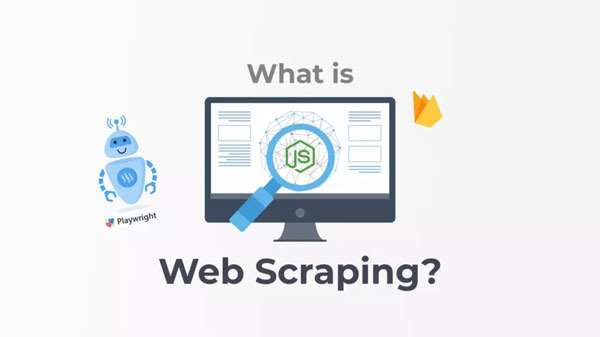
In today’s fast-paced business environment, staying ahead of the competition is essential for success. Companies are increasingly turning to web scraping Web Scraping Tool as a powerful tool for gathering competitive intelligence. By extracting data from various online sources, businesses can gain valuable insights into competitor strategies, market trends, and consumer preferences. This article explores effective strategies for using web scraping to enhance competitive intelligence and inform decision-making.
Understanding Competitive Intelligence
Competitive intelligence (CI) involves the collection and analysis of information about competitors, market conditions, and industry trends. The goal is to understand the competitive landscape, identify opportunities, and make informed strategic decisions. CI can help businesses:
Anticipate Competitor Moves: By monitoring competitor activities, companies can predict future strategies and adapt accordingly.
Enhance Product Development: Insights into competitor offerings can inform product improvements and innovation.
Refine Marketing Strategies: Understanding customer sentiment and competitor messaging can help tailor marketing efforts.
The Role of Web Scraping in Competitive Intelligence
Web scraping automates the process of gathering data from websites, making it an invaluable resource for competitive intelligence. By scraping data from competitor websites, social media platforms, and industry news sites, businesses can collect a wealth of information, including:
Product offerings and pricing
Promotions and discounts
Customer reviews and feedback
Market trends and news
Strategies for Effective Web Scraping for Competitive Intelligence
- Identify Key Data Points
Before you begin scraping, clearly define the data you want to collect. Common data points include:
Product Information: Titles, descriptions, prices, and availability.
Customer Reviews: Ratings, comments, and overall sentiment.
Promotional Offers: Discounts, special promotions, and loyalty programs.
Market Trends: Articles, blog posts, and social media mentions related to industry developments.
- Choose the right Tools
Selecting the appropriate tools for web scraping is crucial. Consider the following options based on your needs and technical expertise:
Beautiful Soup: A Python library for parsing HTML and XML documents, great for beginners.
Scrapy: An open-source framework for building web scrapers, suitable for larger projects.
ParseHub: A visual web scraping tool that allows non-coders to extract data easily.
WebHarvy: A point-and-click web scraping software designed for ease of use.
- Monitor Competitor Websites Regularly
Set up a schedule for scraping competitor websites to gather data consistently. This can be done daily, weekly, or monthly, depending on your needs. Regular monitoring allows you to:
Track changes in product offerings and pricing.
Identify new promotional campaigns as they launch.
Stay informed about customer feedback and sentiment shifts.
- Analyze and Visualize Data
Once you’ve collected the data, it’s important to analyze it effectively. Use data analysis and visualization tools to interpret the data and extract meaningful insights. Consider the following approaches:
Dashboards: Create visual dashboards that display key metrics, trends, and competitor comparisons.
Sentiment Analysis: Use natural language processing tools to analyze customer reviews and gauge sentiment.
Trend Reports: Generate reports that highlight changes in competitor strategies, pricing, and product offerings.
- Stay Compliant and Ethical
While web scraping can provide valuable insights, it’s essential to operate within legal and ethical boundaries. Consider these guidelines:
Respect Terms of Service: Review the terms of service of websites you scrape to ensure compliance.
Use Robots. txt: Adhere to the directives in the robots. txt file, which indicates which pages can be crawled.
Limit Request Frequency: Avoid overwhelming servers by spacing out your requests and simulating human browsing behavior.
- Leverage Advanced Techniques
As your web scraping capabilities grow, consider implementing advanced techniques to enhance your competitive intelligence efforts:
Machine Learning: Use machine learning algorithms to predict trends and consumer preferences based on historical data.
API Integration: If available, utilize APIs provided by competitors for more structured data access.
Geolocation Data: Scrape data from different regions to understand local market dynamics and competitor strategies.
Conclusion
Web scraping is a powerful tool for gathering competitive intelligence that can significantly enhance your market insights. By systematically collecting and analyzing data from competitors and industry sources, businesses can anticipate market changes, refine their strategies, and stay ahead of the competition.
By following best practices and employing effective strategies, organizations can turn scraped data into actionable insights that drive informed decision-making. As technology continues to evolve, embracing web scraping as part of your competitive intelligence toolkit will position your business for success in an ever-changing landscape.